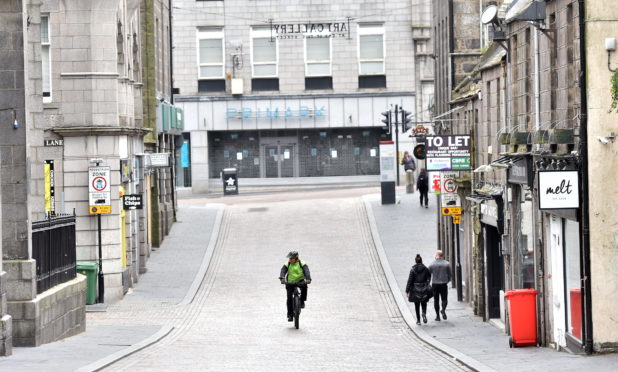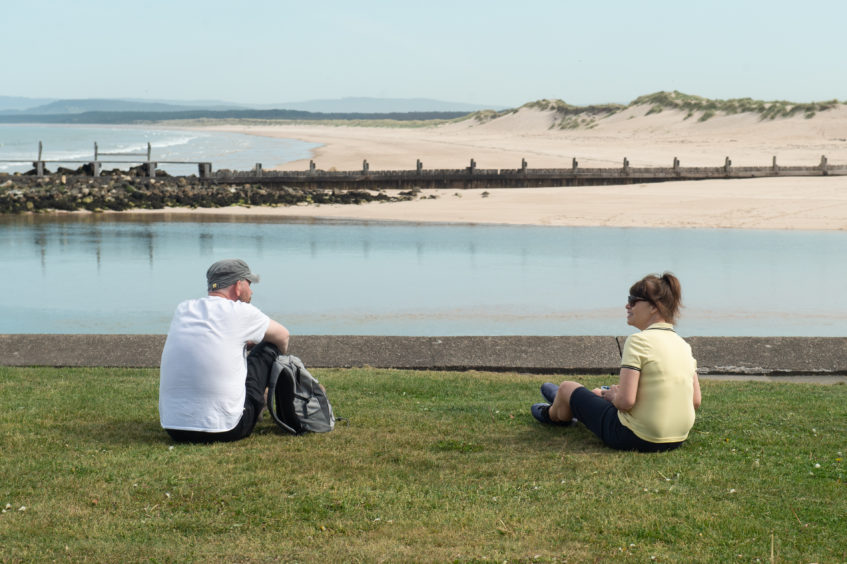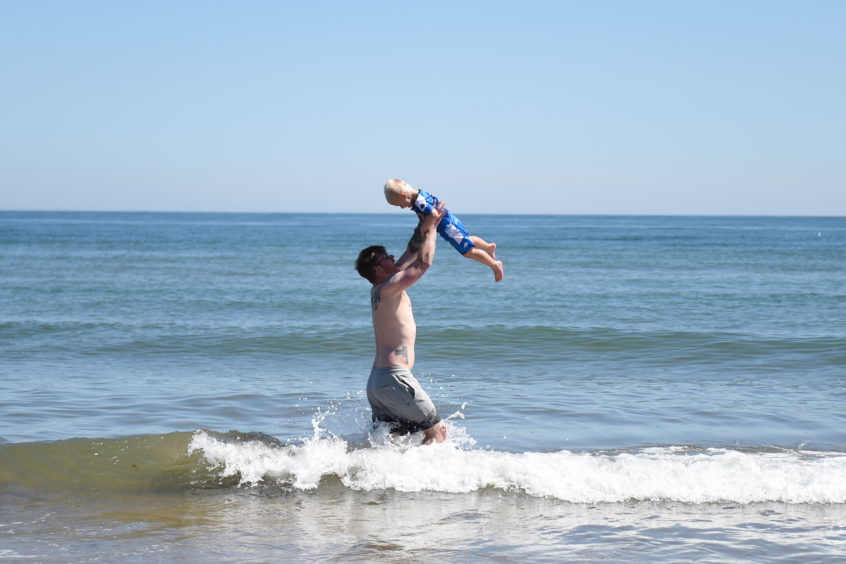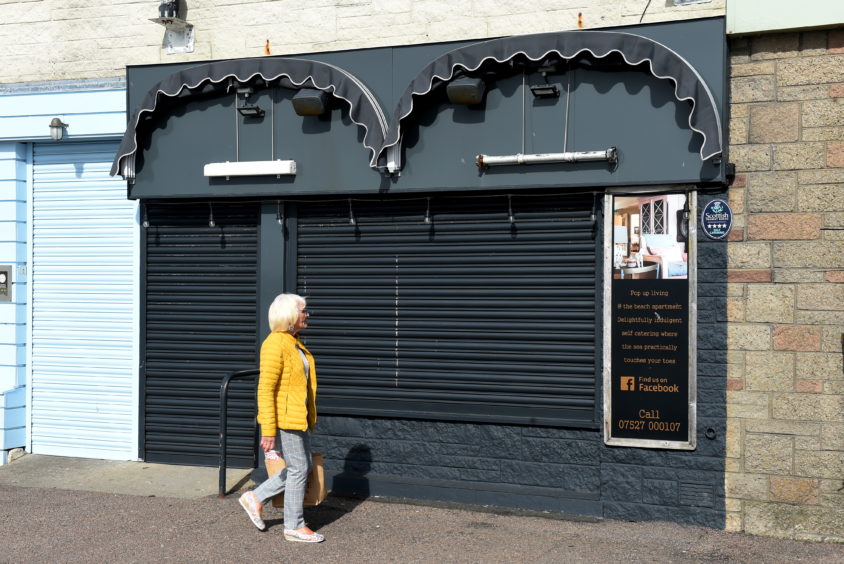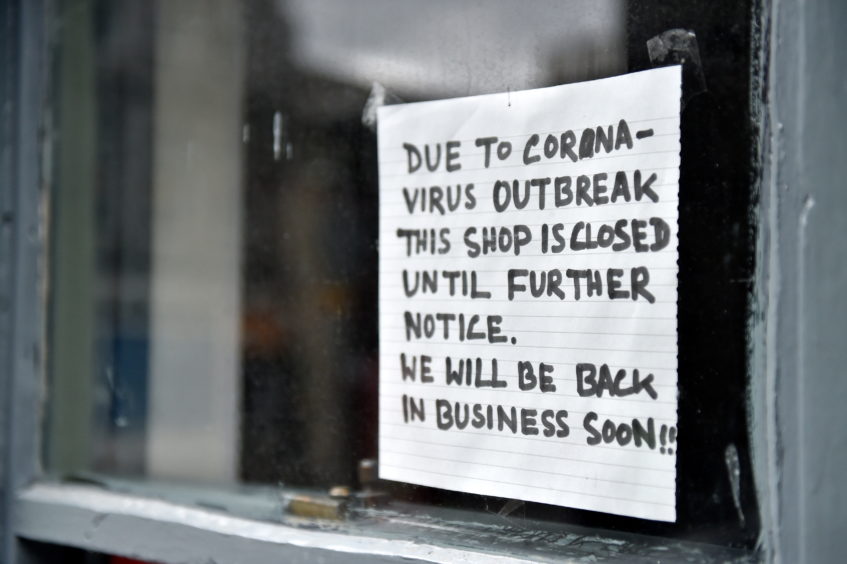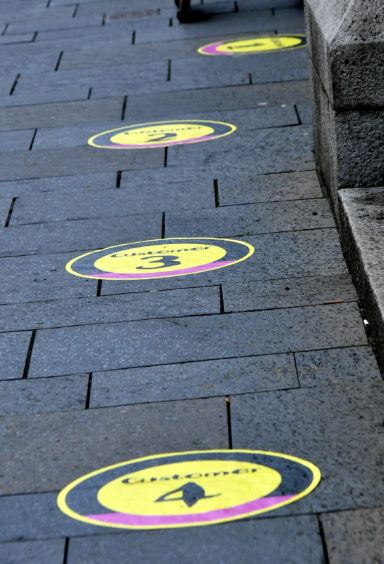Beer gardens, small weddings and professional sports could be among the things to return to Scotland if the next phase of the government’s “route map” out of lockdown is given the go-ahead.
Nicola Sturgeon said previously she was “optimistic” that current strict measures in place to combat the spread of Covid-19 across the country could be further eased from Thursday, June 18.
Speaking at a briefing, she said the continuing decline of the deadly virus in Scotland was “very encouraging”.
In May the Scottish Government unveiled a four-phase strategy to bring the nation out of lockdown.
It is entirely dependent on eliminating Covid-19 in the country and successfully implementing a Test and Protect strategy.
Phase one of the move out of lockdown began on Thursday May 28 after Scotland successfully kept the R-number – the rate of transmission – below one.
The Scottish Government must review the lockdown measures every three weeks, and it is at this point that they will consider whether or not the nation is in a position to ease measures further by progressing to the next phase.
The next review is due on Thursday, June 18. On this date, Ms Sturgeon could decide whether Scotland can progress to phase two of the lockdown exit strategy.
Requirements for phase two to begin
For phase two to begin, Scotland’s R-number must remain below one. This needs to be accompanied by a “sustained decline” in Scottish Covid-19 cases.
It will also require all of the WHO’s six criteria for easing restrictions to be met. They are:
- Evidence shows that Covid-19 transmission is controlled
- Sufficient public health and health system capacities are in place to identify, isolate, test and treat all cases, and to trace and quarantine contacts
- Outbreak risks are minimised in high-vulnerability settings, such as long-term care facilities (i.e. nursing homes, rehabilitative and mental health centres) and congregate settings
- Preventive measures are established in workplaces, with physical distancing, handwashing facilities and respiratory etiquette in place, and potentially thermal monitoring
- Manage the risk of exporting and importing cases from communities with high-risks of transmission
- Communities have a voice, are informed, engaged and participatory in the transition
According to the Scottish Government’s route map, phase two would begin when coronavirus is under control but “the risk of spreading remains”, with the focus on “containing outbreaks”.
Signs pointing to a resurgence of the virus will be “closely monitored” under “enhanced community surveillance”.
Phase two: what would change?
Here’s what the government framework suggests could change as we move from phase one to phase two:
- Scots might be able to meet with larger groups of people outside, adhering to social distancing measures
- People could also meet with another household indoors, observing distancing and hygiene rules
- Weddings and other ceremonies could take place with limits on attendees
- The reopening of outdoor spaces at pubs and restaurants with physical distancing and increased hygiene measures in place. Scots could be able to enjoy a pint and some food in beer gardens
- Family members could visit relatives in care homes “in a managed way where it is clinically safe to do so”
- Small retail units that have been closed might reopen, along with outdoor markets
- Professional sport could be given the go-ahead to return, in line with public health advice
- Playgrounds and sports courts will reopen
- The framework states Scots would be permitted to drive “locally” for leisure purposes. There is no mention of the current phase one five-mile limit in this section of the framework
- Public transport services will increase – though new rules to stop the spread of the virus will lead to a “significantly limited” capacity. Peak-time travel will be discouraged
- From an educational standpoint, university lab research will be able to continue
- Non-office-based work that has been deemed “non-essential” can resume subject to “relevant guidance” being agreed. This includes factories, warehouses, and research facilities
- The construction sector will be able to kick-start the remaining phases of its “phased return”
- Home working will remain the norm for those who can
- From social work to the criminal justice system, public services will be scaled up from phase one
- Registration offices will be reopened
- Places of worship could return for private prayer
- Dental practices to reopen for those with “urgent care needs”
- Other health services to return: phased resumption of certain screening services, increased home visits for those who are shielding, expanded range of GP services, resumption of essential optometry/ophthalmology services, and re-mobilisation of health and integrated joint boards
Transitioning from stage to stage
The phased approach to ending lockdown outlined in the Scottish Government “road map” avoids specifying exact dates for the introduction of the different phases.
Beyond the first stage, new phases will have to meet very specific criteria, including those set out by the WHO.
The three-week reviews of lockdown measures will continue as a way of reviewing and reporting on whether Scotland can transition from one phase to another.
And the Scottish Government has cautioned that not every measure listed in a single phase will necessarily be implemented at the same time.
The new framework – entitled “Scotland’s route map through and out of the crisis” – states: “It might be possible to lift some measures more quickly while some may take longer than we envisage now. A single phase may also span more than one review period.”
In short: some measures in phase two or three might be introduced later than others. And this goes for all four phases.
The framework also sets out that the Scottish Government could return to a stricter lockdown with “little notice” if scientific evidence shows coronavirus cannot be contained.
Phase three: customers allowed inside pubs
The third stage would allow, among other things, bars and eateries to welcome customers inside.
This phase in the plan would see indoor spaces in pubs and restaurants reopen with strict measures in place to prevent the potential spread of Covid-19.
Phase three would also bring about the reopening of cinemas, larger shops, museums, galleries, libraries, gyms and hotels. It could possibly see the return of live events as well.
Extended group gatherings and meetings with more than one household would be permitted, public transport could increase services, and travel for leisure and exercise would be allowed beyond the local area.
Phase four: end-game for coronavirus in Scotland
A transition to phase four is the end game, and would mean Covid-19 is no longer a “significant threat” to the country.
Scotland would be open once again. It would be business as normal for pubs, bars and restaurants.
The guidance reads: “All types of outlets would be open in line with public health advice.”
What requirements must be met to move from stage to stage?
Phase zero to one
This phase was implemented from Thursday May 28, after meeting the following requirement: the R-number remained below one for at least three weeks and coronavirus cases stayed in continued decline.
Test and Protect in place to support this transition.
Phase one to two
For phase two to begin, the R-number must remain below one and there needs to be a “sustained decline” in Scottish Covid-19 cases.
All of the WHO’s six criteria for easing restrictions to be met.
Phase two to three
The WHO criteria will also need to be met for progression from phase two to three, along with an R-number of below one and a further continued decline in cases.
Phase three to four
For phase four to be implemented Covid-19 must be effectively wiped out in Scotland. This could be through a vaccine, another treatment that removes the health risk in the country, or such low levels of transmission that the virus can be controlled.
